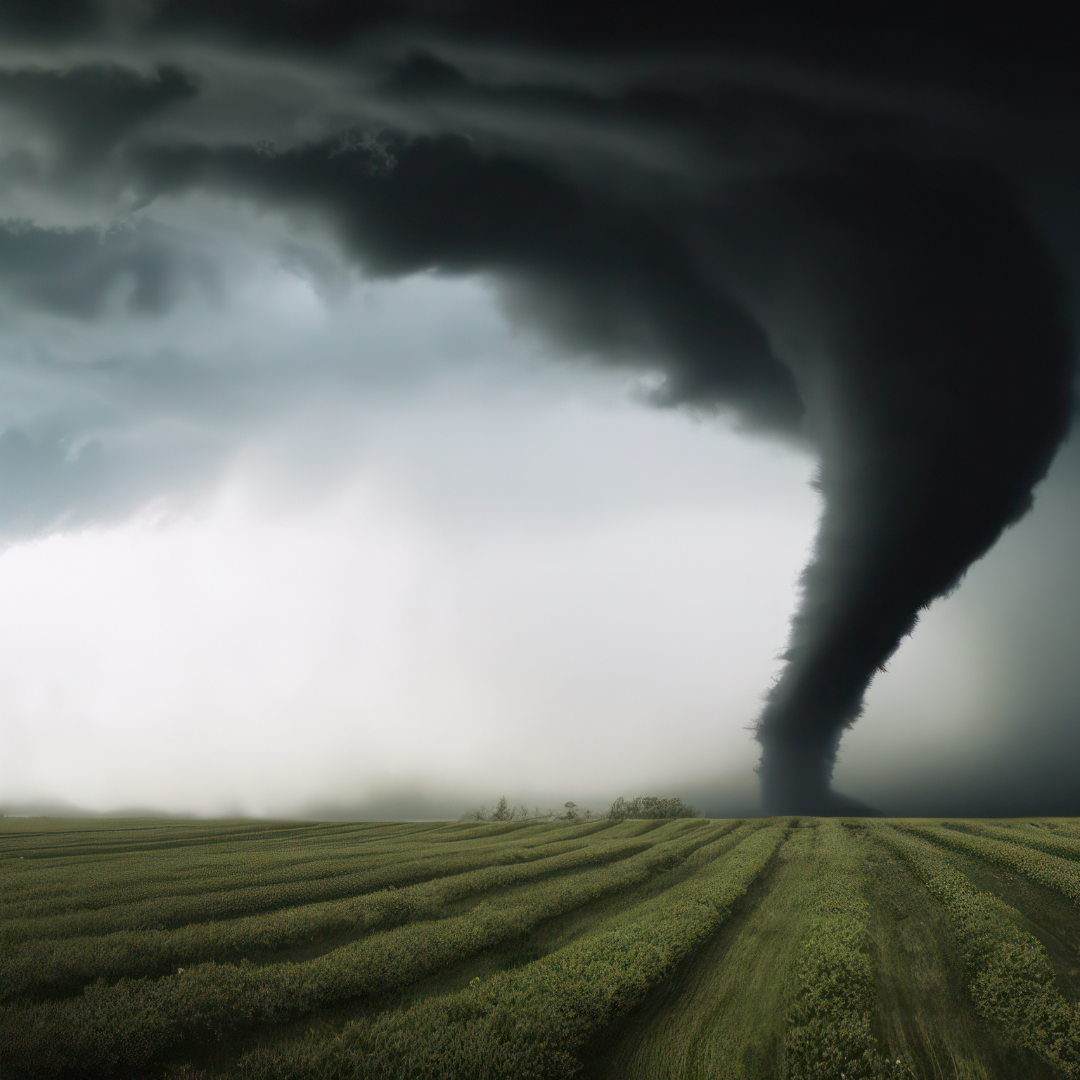
Tornadoes: Watch, Warning and What to Do
The difference between a “tornado watch” and a “tornado warning” comes down to the level of threat and immediacy. Are you prepared?
A tornado is a violent rotating column of air that extends from a thunderstorm to the ground. Tornadoes can destroy buildings, clip cars and create deadly flying debris. They can happen anytime, anywhere, with winds over 200 miles per hour.
WATCH OR WARNING?
A Tornado WATCH is issued by the NOAA Storm Prediction Center meteorologists who watch the weather 24/7 across the entire U.S. for weather conditions that are favorable for the formation of tornadoes and severe weather. A watch can cover parts of a state or several states. WATCH AND PREPARE for severe weather and stay tuned to NOAA Weather Radio to know when warnings are issued.
A Tornado WARNING is issued by your local NOAA National Weather Service Forecast Office meteorologists who watch the weather 24/7 over a designated area. This means a tornado has been reported by spotters or indicated by radar and there is a serious threat to life and property to those in the path of the tornado. A tornado warning indicates that you should TAKE IMMEDIATE ACTION to find safe shelter! A warning can cover parts of counties or several counties in the path of danger.
BE PREPARED
In the U.S., the Midwest and the southeast have a greater risk for tornadoes. Drastic temperature changes (from one extreme to another) can increase the chance of a tornado. To help you be prepared, the National Weather Service recommends the following:
- Sign up for your community’s warning system and, if your community has sirens, become familiar with the warning tone.
- Pay attention to weather reports and enable weather notifications on your mobile device.
- Identify and practice shelter-in-place drills at home and at work. A small, interior, windowless room on the lowest level of a sturdy building or basement is best.
- Plan for your pet – include them in your emergency plan.
- Prepare for long-term sheltering in place by gathering emergency supplies, cleaning supplies, non-perishable foods, water, medical supplies and medication.
STAY SAFE
If you find yourself in the path of a tornado, immediately go to a safe location (as described above) and pay attention to your alert system for current emergency information or instructions.
- Stay away from windows, doors and outside walls.
- Do not go under an overpass or bridge – you’re safer in a low, flat location.
- Protect yourself by covering your head or neck with your arms and putting materials (furniture or blankets) around or on top of you.
- If you can’t stay home, make plans to go to a public shelter.
ADDITIONAL RESOURCES:
National Weather Service Tornado Safety
American Red Cross Tornado Safety Tips
Safety First. Always. And, it starts with me.
